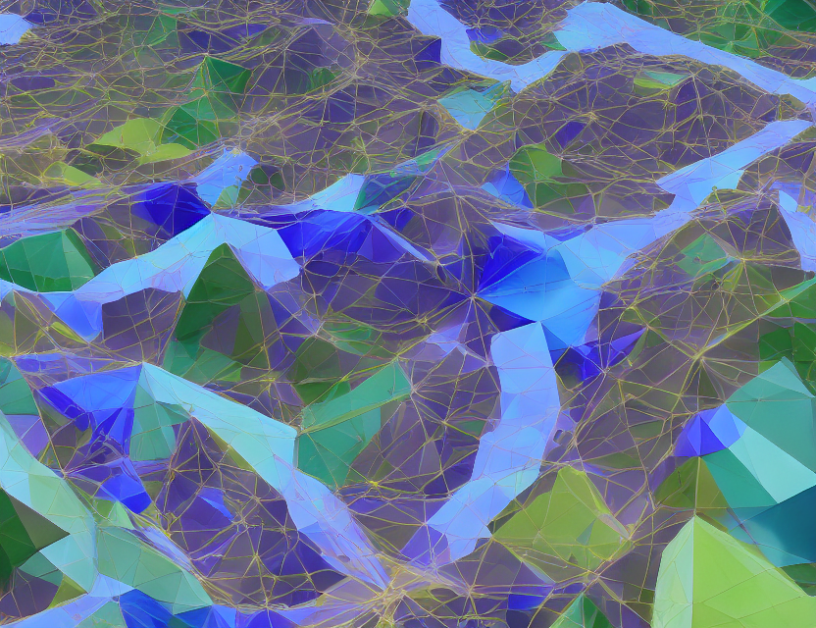In this article, we explore a fascinating phenomenon called incidental polysemanticity in deep neural networks. Polysemanticity refers to the ability of a single neuron to represent multiple meanings or features. We examine how this occurs naturally in a toy model and discuss its implications for understanding how these networks process information.
The Model
We consider a simplified version of the ReLU-output shallow nonlinear autoencoder, similar to those used in Toy Models of Superposition [2]. This network consists of an encoder (W) that maps the input to a lower-dimensional representation (x), followed by a decoder (cid:1) that reconstructs the original input from the encoded representation.
Collide and Conquer
The key insight in this work is that when features collide during training, some neurons in the network become polysemantic. In other words, a single neuron can represent multiple features, even though each feature has its own unique set of weights ( Wik ). This collision of features happens due to the random initialization and dynamics of the network, leading to a winner-take-all dynamic that favors one feature over others.
Expectations
Our experiments in this toy model show that a constant fraction of these collisions result in polysemantic neurons, even when there are significantly more dimensions available than features. This suggests that some tools that work against one type of polysemanticity may not be effective in other contexts.
Implications
This work has important implications for mechanistic interpretability. It shows that polysemanticity can occur naturally in deep neural networks, even when the encoding space has no privileged basis. This means that features can be represented arbitrarily in the encoding space, leading to a more flexible and robust representation of information.
Limitations
While this work sheds light on incidental polysemanticity, there are limitations to this study. The model is simplistic, and future work may explore how these phenomena occur in more complex networks. Additionally, the focus is on the encoder-decoder architecture, and it remains unclear how other network structures would behave under similar conditions.
Conclusion
Incidental polysemanticity is a fascinating phenomenon that occurs naturally in deep neural networks. By studying this phenomenon in a toy model, we gain insights into the mechanisms underlying these networks and their robust representation of information. Future work may explore how these findings apply to more complex networks and shed light on the intricate dance of features during training.



